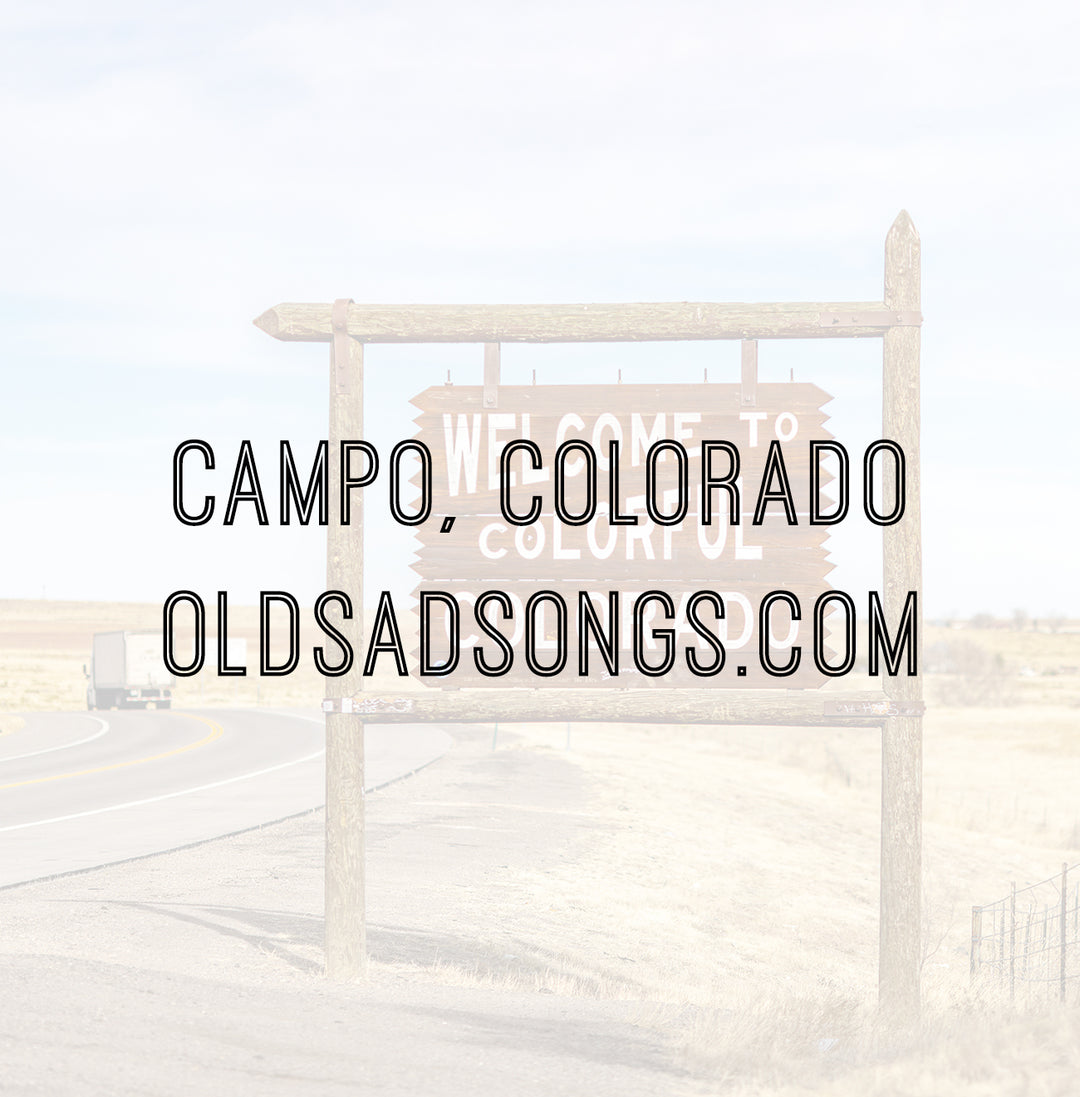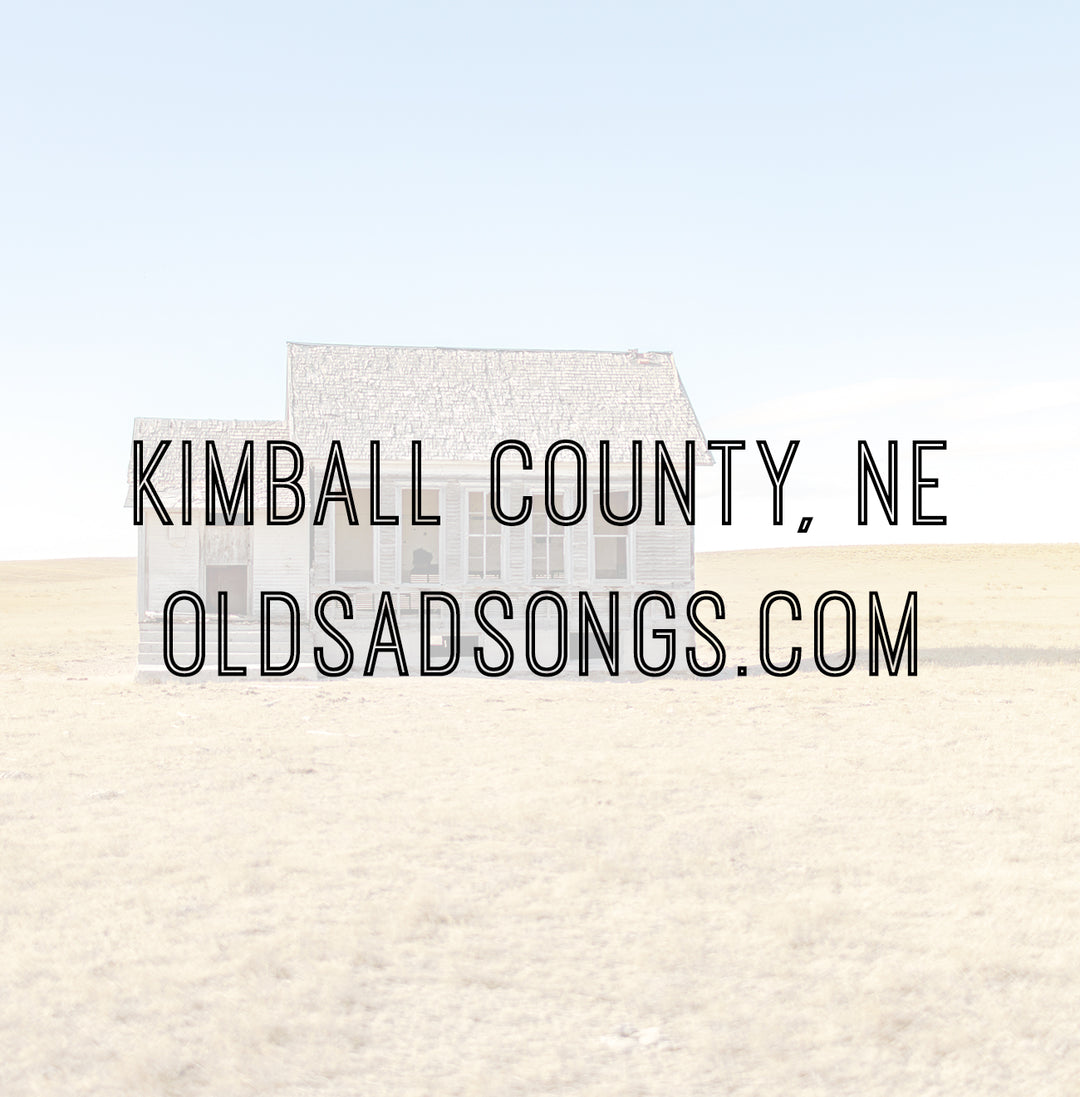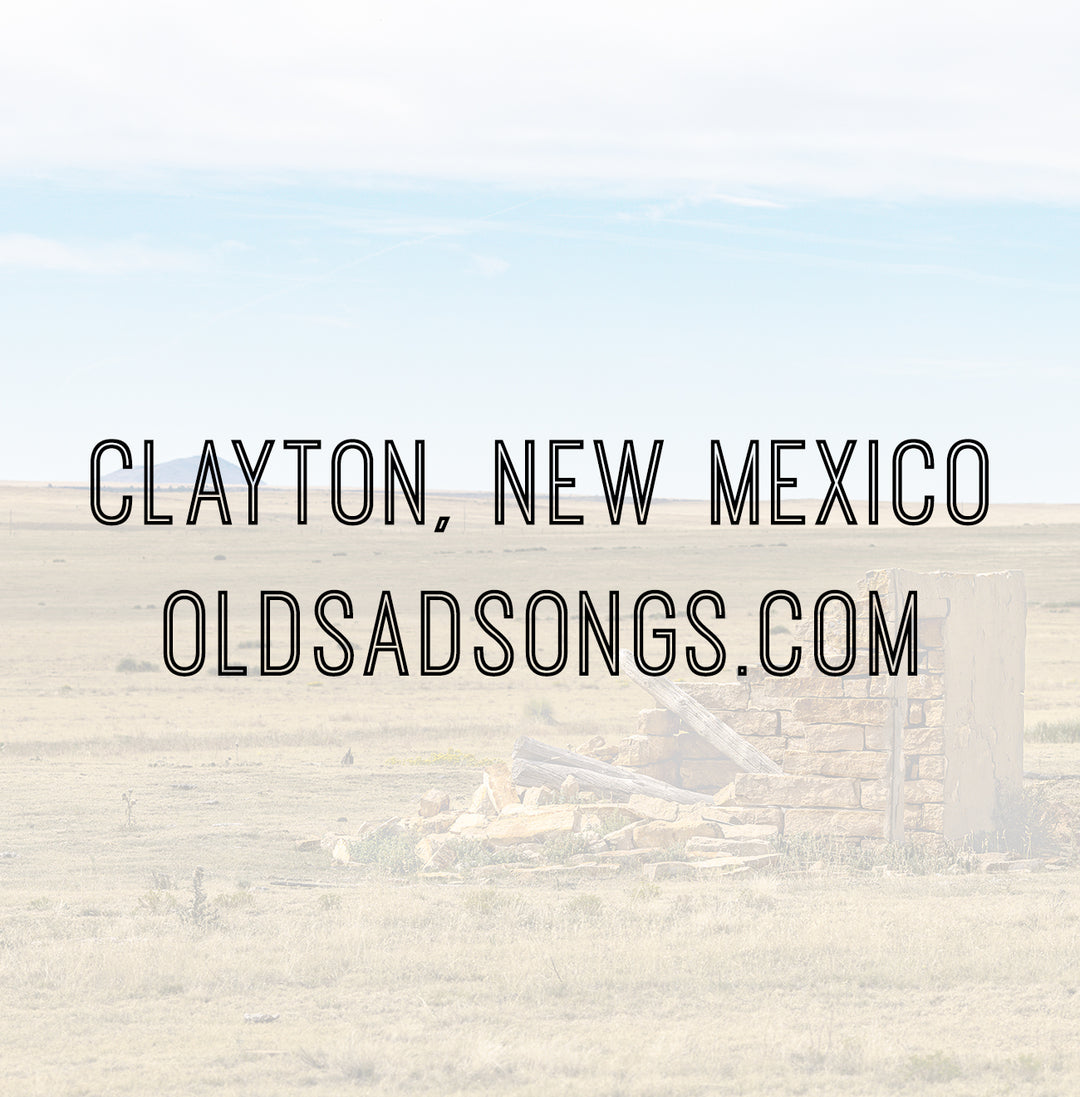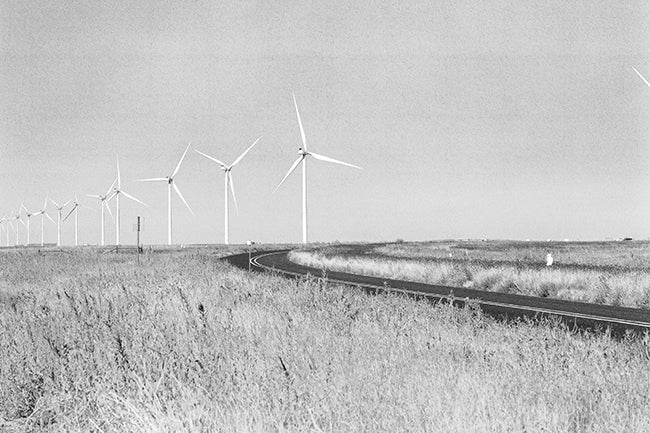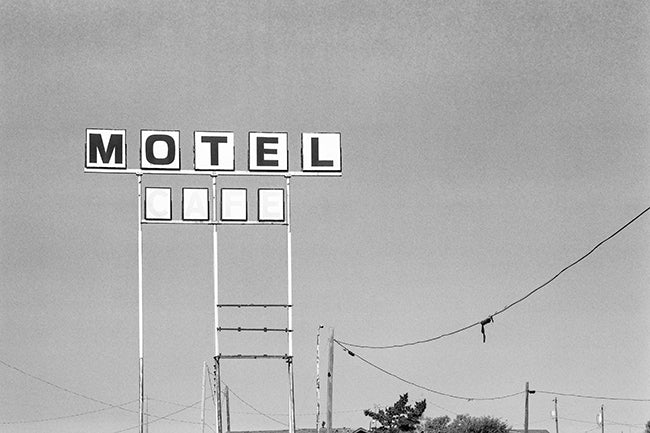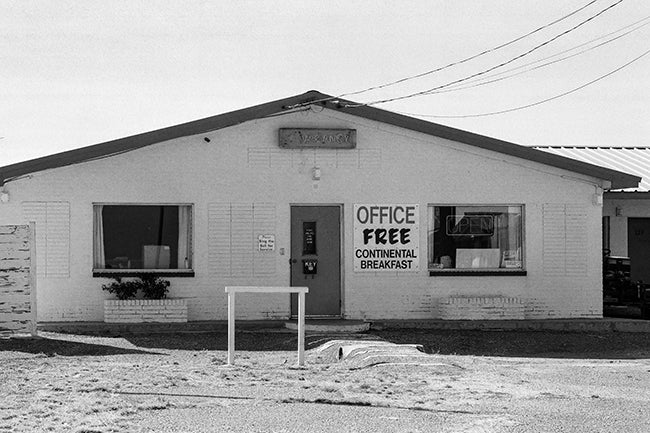Papalote, Texas
HISTORY
Welcome to Papalote, Texas
Once The Most Populous Place In Bee County.
Papalote, Texas is located in Bee County on US Highway 181. Papalote is one of the area's oldest communities and was composed of 3 nearby settlements named Steenville, Cravensville, and Murdock Place that united in 1857.
Until 1880, Papalote had the most voters in Bee County. The Cravensville post office, established in 1870, was renamed to Papalote in 1883. The San Antonio and Aransas Pass Railroad arrived in 1886, and that same year the German-American Land Company began to sell 5-acre tracts of land to people from all over the world as the perfect place to grow oranges.
However, a freeze destroyed many would-be citrus farmers' dreams, and they were quick to move on. The threat of being raided by Pancho Villa scared women and children into hiding in 1916, and a major hurricane leveled the town and its population in 1919. The post office closed in 1923 but would reopen again in 1926 until finally closing for good in 1953.
PHOTOS
Sights Around Papalote, Texas
Ready to decorate your walls? Click 'Buy Now' below your favorites to see pricing and learn more.

MAMIYA 7II & KODAK TRI-X
Papalote Service Station
Papalote, Texas is one of the area's oldest communities and once was the largest in the county.
Today approximately 70 people live in the area, consisting of a church, a fire station, and scattered houses.
Papalote translated to English, is thought to mean either kite or windmill. Which definition do you prefer?

MAMIYA 7II & KODAK TRI-X
Papalote Service Station, Again
Most of the town of Papalote, Texas, was lost in subsequent expansions of US Highway 181, which once served as Main Street, as the highway grew eastward.
One of the few remaining buildings on the side of the old highway is this house with a canopy design service station. My best guess is that this might have once been a Magnolia Service Station, built between 1915 and 1925. Like today, small towns didn't often get the big name-brand stations, but some design elements suggest this might have been a big name-brand station.
Do you think this Service Station might have been a Magnolia?


